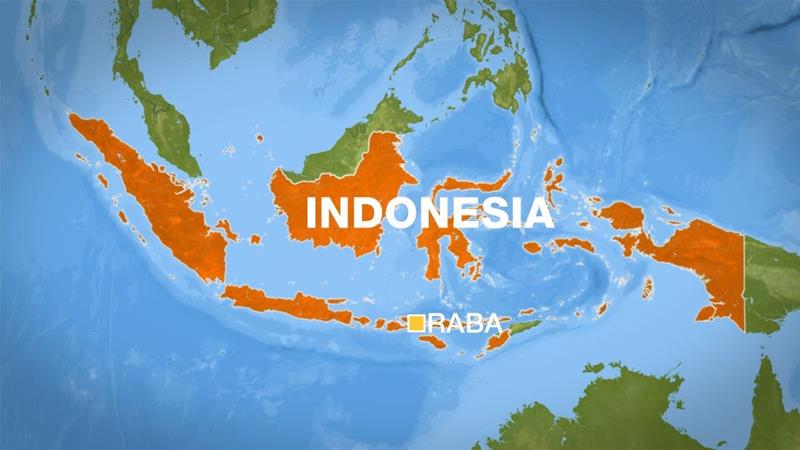Divers were deployed to look for the flight recorders from the passenger plane that crashed into the Java Sea minutes after it took off from Jakarta Airport with 62 people on board.
The Indonesian Navy said on Monday.
Searchers had already recovered pieces of the Sriwijaya Air Boeing 737-500 aircraft, including one of its engine turbines, and body parts after the accident on Saturday.
The military on Sunday said that two signals from the aircraft’s black boxes which consist of a flight data recorder and a cockpit voice recorder had been picked up and located.
“This morning, our divers began working in the area,’’ said Naval Officer; Vice Admiral Abdul Rasyid.
“We are clearing the pieces of (aircraft) debris that are getting in the way. They are sharp and can endanger the divers,’’ he added.
Data from the recorders could help crash investigators to shed light on the cause of the accident.
The naval search team late Sunday retrieved one of the aircraft’s mangled turbines, Maj. Orri Ronsumbre said.
The domestic flight had been en route to Pontianak on Borneo Island in what was supposed to be a 90-minute journey when it went missing on Saturday afternoon.
The cause of the crash was not known, but data from the Swedish internet service, Flightradar24, showed that the plane suddenly slowed down and rapidly lost altitude just after it take-off.
The National Search and Rescue Agency (Basarnas) said 2,600 personnel, 53 vessels and 14 aircraft were involved in the search.
At least 16 bags of human remains had been collected so far, it said.
Asked about the chances of finding survivors, Basarnas operations director, Rasman, said: “Let’s pray for the best.’’
Sriwijaya Air said the flight was delayed for 30 minutes because of poor weather.
The mother of one of the passengers on the aircraft said she had urged her son to delay returning to Pontianak, where he worked on a barge transporting coal barge.
The passenger, Angga Fernando Afriyon, had taken a leave to be with his wife who gave birth to their first child in Jakarta last week.
“I told him not to return just yet because I was worried about his wife and the baby,’’ said Afrida.
The crash is the third involving an Indonesian budget airline since 2014.
An AirAsia Indonesia flight carrying 162 people crashed into the Java Sea, off Borneo Island shortly, after it took off on 28 Dec. 2014 with no survivors.
In October 2018, a Boeing 737 MAX belonging to Indonesia’s largest budget carrier, Lion Air, crashed into the Java Sea, killing all 189 people on board.
Indonesia, which is made up of thousands of islands, experienced a boom in low-cost carriers following the liberalisation of the aviation industry in the early 2000s.
In 2018, the European Union (EU) lifted a ban on Indonesian airlines, which was imposed in 2007 following a string of deadly air accidents.
Several Indonesian airlines, including its flag carrier, Garuda, were taken off the EU’s ban list in 2009 after steps were taken to improve safety.
In 2017, the International Civil Aviation Organisation (ICAO) ranked Indonesia’s aviation safety as above global average, with a compliance rate of 81.15 per cent.



